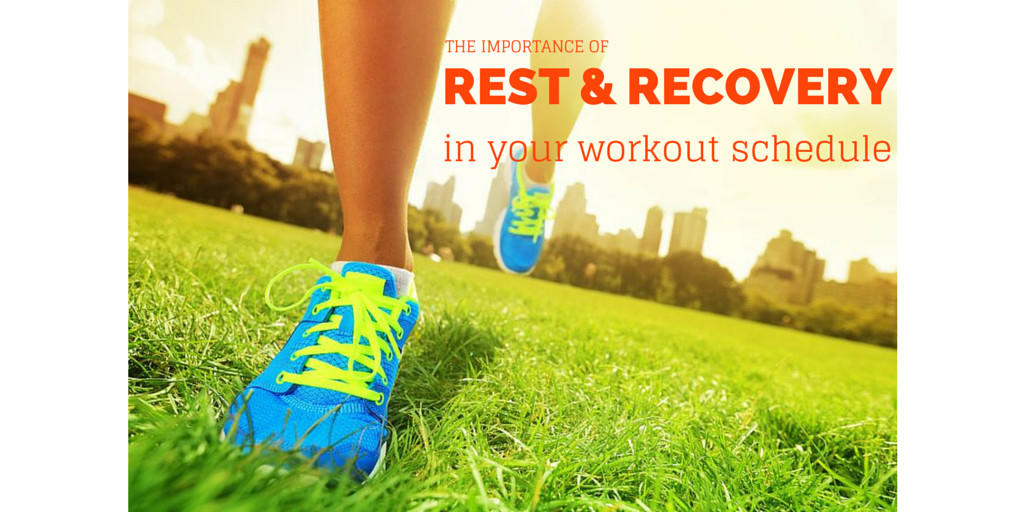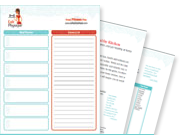There is an important concept that we often ignore as we progress in our workout routines. Most experienced athletes know how vital long-term recovery time is to their routine, but still it’s often ignored. As a mom, I know the feeling of “Recovery? When do I have time for recovery?!” It’s true that with such busy schedules and a multitude of tasks like housework, groceries, raising kids, juggling work, and everything else we do on a daily basis – the concept of rest and recovery seems like a distant dream. But recovery is an important concept for active females. It allows your muscles, nervous system, and glycogen stores to recalibrate. It’s an essential process if you are hoping for progress in your routine. Without recovery, your body wears down and ultimately injures itself.
Why is recovery important?
When it comes down to it, when you exercise your body you are actually creating minor injuries. Your body has to work to repair the damage and in turn your muscles become stronger. Just like with major injuries like broken bones or surgeries, your body needs time to put everything back in place. This is also the reason why it’s important for athletes to consume increased protein; it helps with repairs. Unfortunately due to biology, women are at an increased risk for injury. Did you know that some studies have found that women are more likely to tear their ACL’s during times of elevated estrogen? It’s because estrogen affects the way that ligaments react to the stress of workouts.
Even if you take estrogen out of the equation completely, working out causes you to lose energy stores, fluid loss, and tissue breakdown. You need time to compensate for these losses.
When should I plan recovery time?
Luckily for us, we have a built in time of the month that perfectly aligns with when we should let our bodies recover. Women’s bodies have the highest amounts of estrogen (and thus are most likely to injure) during periods. It’s when women are most likely to get ligament injuries and it’s when our bodies are most likely to crave relaxation. How convenient!
Creating a plan that includes recovery time
The ideal solution is to create a workout cycle that aligns with your body’s needs. Week one involves starting gradually. If you are running – reduce your goal mileage a bit. If you’re doing yoga or Pilates – listen to your body and don’t push too hard. Use the first week to get into the swing of things.
Week two and three involves pushing limits and increasing goals. This is the time where you are building muscle and gaining strength and endurance. The end of week three would ideally be where you are pushing yourself to your max. You should be feeling great!
Week four is where you should start to take it easy and make time for rest, relaxation, and recovery. Don’t’ let yourself completely lose your routine. Schedule yoga classes that are based on meditation and light stretching. Go for leisure walks instead of running. If you are working with a personal trainer, let them know you are hoping to implement this type of schedule. Your trainer will work with you to make a schedule filled with classes that work for you, Take time to let your body heal and prepare for your new workout cycle to begin again.
Don’t worry about losing some of your fitness during your rest period; you are allowing your body to regenerate. Your body is anticipating future stresses (physical activity) so it’s preparing you!
Visit the Café Physique website for more information on reaching your workout goals.


